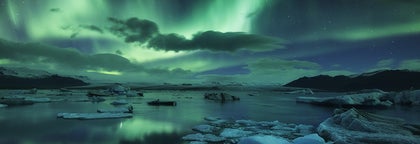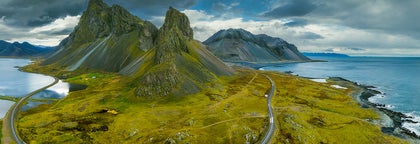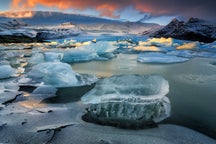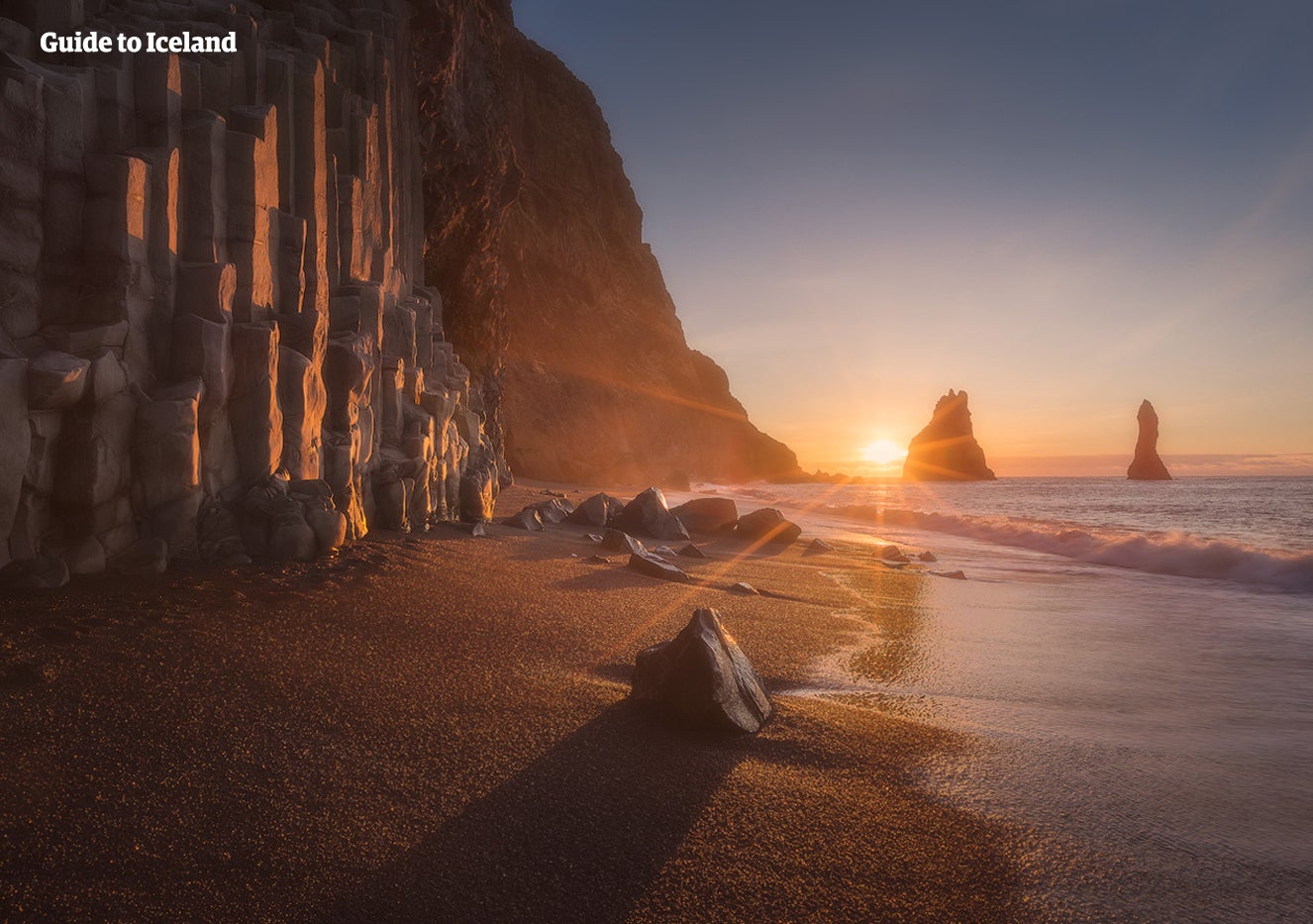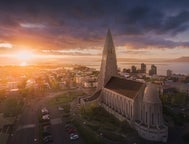
观鲸海鹦旅行团
在观鲸和观海鹦之旅中,探索这些迷人生物的世界。目睹鲸鱼从海洋中跃出,可爱的海鹦从悬崖上俯冲而下,这是老少咸宜的旅行项目,成为了家庭旅行来冰岛的游客的特色首选。
寻找独特体验
选择出发地点
选择日期
出发日期结束日期
添加旅客
1 名旅客
观鲸海鹦旅行团
使用筛选功能优化搜索结果
排序方式: 热门
更多选择,不容错过
探索非常丰富的旅游项目和套餐
常见问题
在哪可以参加观鲸旅行团?哪最适合观鲸?
观鲸旅行团从许多地点出发,如雷克雅未克、阿克雷里、斯奈山半岛、达尔维克(Dalvík)等。冰岛北部的胡萨维克(Húsavík)有着“观鲸之都”的美誉,无疑是冰岛的最佳观鲸地点。
海鹦全年都有吗?几月能看到海鹦?
每年4月初~9月能够看到海鹦。
参加观鲸旅行团是不是一定能看到鲸鱼?
鲸鱼、海豚都是野生动物,我们无法人为控制其活动,因此我们无法保证您一定能在旅行团中观测到鲸鱼与海豚,但观测成功的概率极高。
要是参加了观鲸旅行团又没看到鲸鱼怎么办?
您可以与运营商联系,免费再参加一次观鲸旅行团。
观鲸旅行团会临时取消吗?什么时候会取消?
发生恶劣天气时,船长将根据以往的经验与判断,决定是否取消旅行团。
观鲸、观海鹦旅行团需要多长时间?
观鲸旅行团一般为3小时左右,观海鹦旅行团一般为1小时左右。
参加旅行团还能看到其他野生动物吗?
除了鲸鱼、海豚与海鹦之外,您还有机会看到各种海鸟,如北方塘鹅、鸬鹚、暴风鹱、北极燕鸥等等。
船上有人讲解吗?
我们的专业向导将为您讲解有关这些野生动物的知识与信息。
船游危险吗?
船游十分安全,我们始终关注游客的人身安全!如遇罕见突发情况,我们将使用船上的救生衣与救生艇。
船上能抽烟吗?
船游途中不可以吸烟。

安装冰岛最大的旅行应用程序
将冰岛最大的旅行平台下载到您的手机中,一站式管理您的整个行程
使用手机摄像头扫描此二维码,然后点击显示的链接,将冰岛最大的旅行平台添加到您的手机中。输入您的电话号码或电子邮件地址,以接收包含下载链接的短信或电子邮件。























